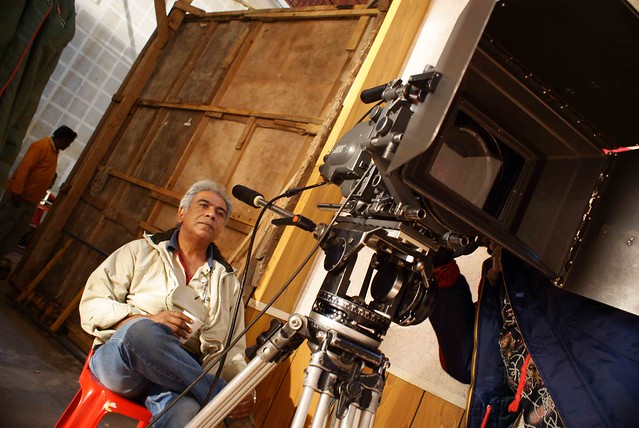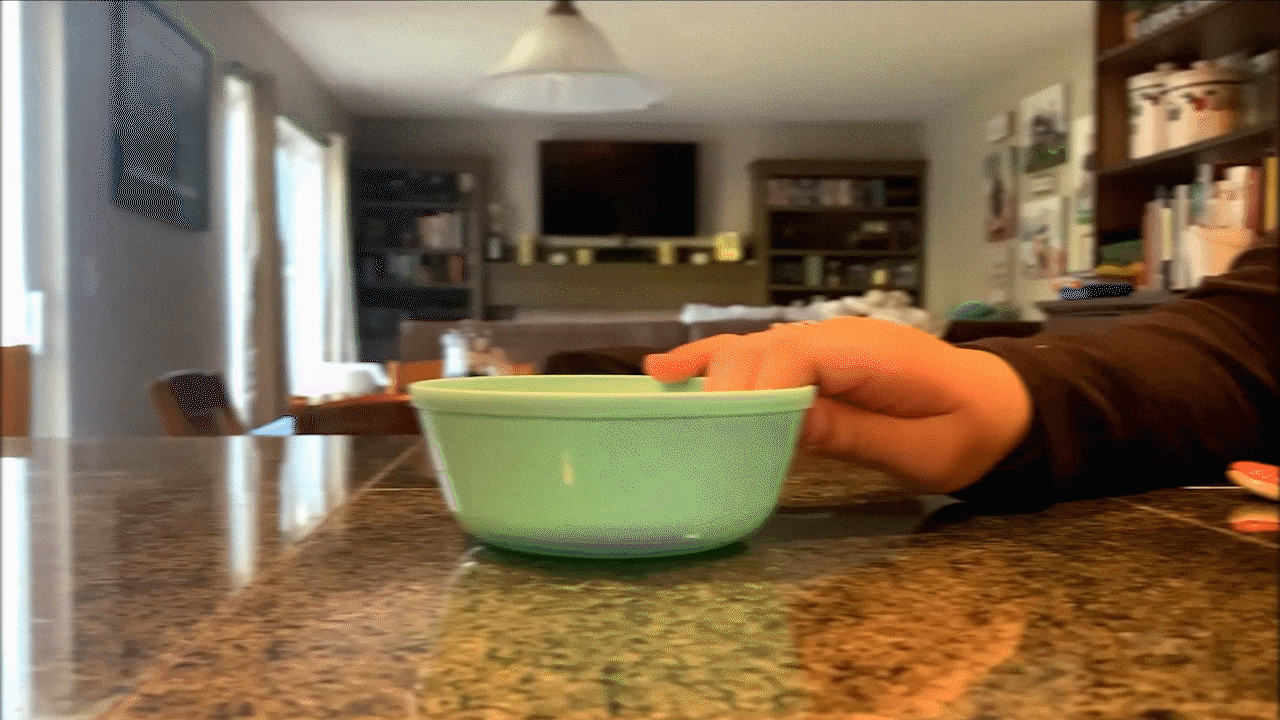
CC Image Cinematographer! by Vivek Mukherjee at Flickr
SUMMARY
ADDED AT THE END ON POST-PRODUCTION
Role
Cinematographer
Intention (SMART Goal)
For this production project, I want to learn about the techniques, ways of filming, and how to be persuasive when producing an advertisement. I hope to make a 15-40 second ad. on the story of cereal. I will know I successfully met my goal if I capture interesting shots and if I learned more about creating an advertisement-style film. I believe my goal is achievable if I put the time in and work hard to stay focused. I am setting this goal because I want to learn more about cinematography and what style of film it works in. As of now, the deadline is not set in stone. I believe I can finish this project in 1 – 1.5 months.
PRE-PRODUCTION – INQUIRY
Leader(s) in the Field / Exemplary Work(s)
Primary Source: Pizza B Roll – Daniel Schiffer
- Flows perfectly
- Edited to the soundtrack
- Ends with the music
- 30 Seconds
Secondary Source: Make a Cereal Commercial at Home! – Daniel Schiffer
- 1:27 – Doesn’t have to be super complicated
- 1:49 – Plan out your shoot. What shots do you want?
- 2:37 – 4:42 – Walks through his thought process/Production phase
- 5:40 – Not every shot is going to work
- COLOR GRADE!
Training Source(s)
- Lighting is key!
- Play with fill and key light.
- Smoke in the background to create depth and a feeling of wonder
- Close-ups to show different features
- Mess with the color of lighting.
- [3:29] Shoot from F-4 to F-8
- [3:46] Shoot in slow motion – 60 FPS – are able to turn down to 40% of that speed.
- [4:08] Shutter speed is double the framerate. Ex: 60 FPS…1/120 SS.
- [6:24] Combined with soft light, add hard light to show more details.
- [7:42] Mess with the color of the lighting. Make it tie into the brand.
Project Timeline
- START PRE-PRODUCTION
- Pick role.
- Research leaders.
- Take notes.
- Watch the video essay on the cinematographers.
- Take notes.
- Watch a video on how to be better on a role.
- Take notes.
- Research Screenwriter tasks.
- Create a timeline for the project.
- Write a smart goal.
- Collaborate with the team, discuss film ideas.
- Write logline.
- Write the screenplay.
- The beginning, middle, end.
- Write for rhythm.
- Think about tone while writing.
- Use “but” and “therefore” to build tension (F is for Fake).
- Modify screenplay for more tension.
- FINISH PRE-PRODUCTION
- START PRODUCTION
- Lead the team with what we are doing for the day (SCRUM).
- Talk with the team and see what needs to be done.
- Ask if they need help with anything.
- Help actors with lines.
- Modify the screenplay more if needed.
- FINISH PRODUCTION
- START POST-PRODUCTION
- Talk with the team daily.
- Compose titles and credits.
- Work on presentation.
- Work on the blog post.
- Finish presentation and blog post.
- Present to class.
- Present to the Advisory Committee.
- Reflect on what could be done better.
PRODUCTION – ACTION
The (FILM, SOUND, or GAME Creation)
POST-PRODUCTION – REFLECTION
21st Century Skills
Ways of Thinking (Creativity, Innovation, Critical Thinking, Problem Solving)
Ways of Thinking: To make this film, I had to research, think of ideas, and constantly problem solve. I started with inspiration and explored different shot movements. I made this film interesting by using unique camera movements. I had trouble with my camera and premier pro which delayed the workflow.
Ways of Working (Communication & Collaboration)
Ways of Working: Throughout this project, Chet and I had to talk to each other in order to get tasks done. In pre-production, we thought out ideas and ways we could work on this project. In production, we started with the music and got shots that could flow into each other. In post-production, Chet worked on foley, while I edited.
Tools for Working (Info & Media Literacy)
Tools for Working: For this film, I used different videos for research and for inspiration. During pre-production, I researched how to shoot product advertisements and how to make a speed ramp.
Ways of Living in the World (Life & Career)
Ways of Living in the World: During this session, we had to complete this all at our own homes. I also played soccer with my friends for the CHS soccer season. I continued to watch videos and TV shows to keep me occupied.
Reactions to the Final Version
- Avian: “It felt just like a real commercial, I wanted to eat the cereal. I really liked the camera movements, they were simple, effective, and kept me interested.”
- Stuart: “That was great! I liked the camera movements, they felt very smooth, and I really liked the transitions, and the tracking shot was done very well.”
- Brian Favorite: “Colors and camera movements merged together seemed to make me care. It definitely felt like the audience was following the morning routine.” (Paraphrased)
Self-Evaluation of Final Version
- Camera Movements
- Speed Ramp
- Arc
- Tilt
- Tracking
- Speed Ramp
In our final version of the film, it had multiple principles from the SUCCESs model. The film was a very simple concept while telling a story about the cereal routine. The film was also unexpected because it had unique camera movements. However, the film lacked tension, I believe the camera angles and movements made the viewer care emotionally.
What I Learned and Problems I Solved
I learned that it takes a lot of planning and preparation to make a commercial. It may look very simple, but this project took a few months. The problems we solved were the mixed feelings about different shots. My sister insisted that I kept them in and I think, the story would be missing key parts without those shots.



